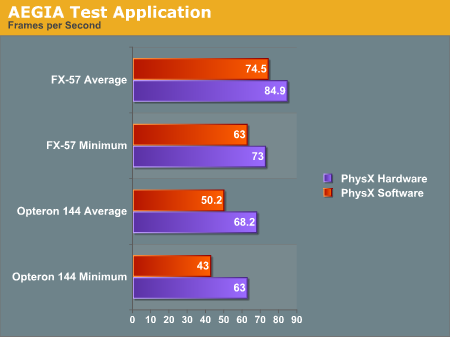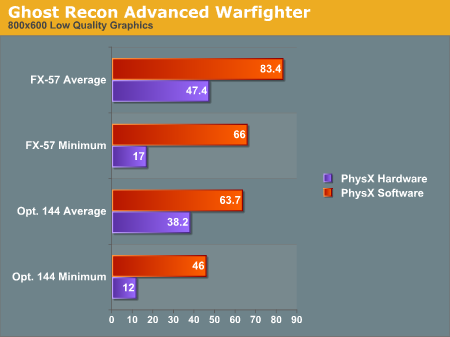原帖由 Edison 于 2006-5-7 19:08 发表
瓶颈在什么地方上才是我们值得思考的地方




原帖由 Ayanaomi 于 2006-5-7 05:05 发表
硬不如软?真的吗?
原帖由 Eji 于 2006-5-7 11:42 发表
他們顯然需要更多人才....


原帖由 djxu 于 2006-5-7 17:01 发表
硬不如软?
应该不可能


原帖由 Edison 于 2006-5-7 19:08 发表
瓶颈在什么地方上才是我们值得思考的地方
| 欢迎光临 热点科技 (http://www.itheat.com/activity/) | Powered by Discuz! X3.2 |